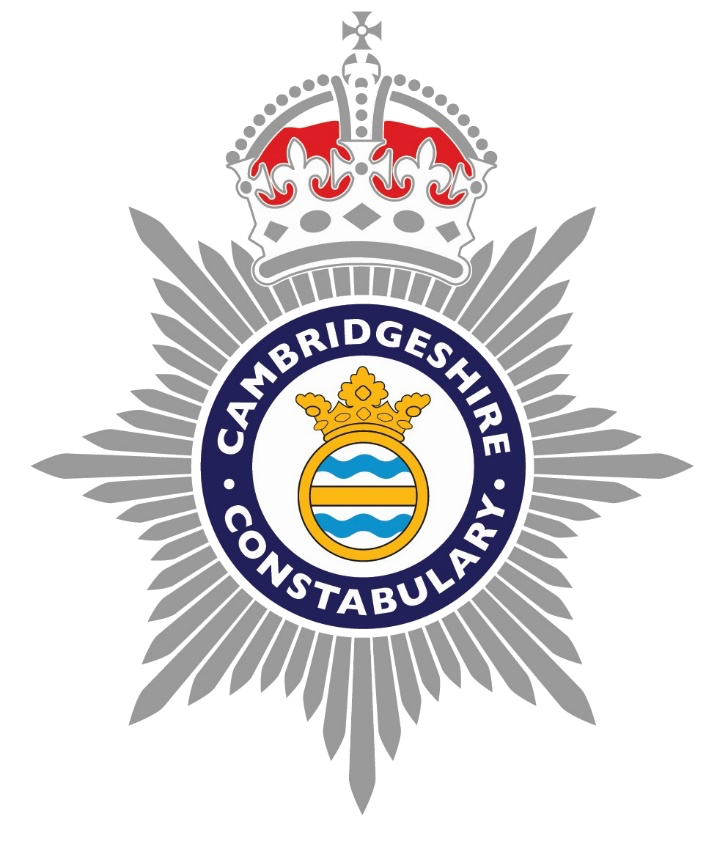10


How do you understand the nuances of impartiality and neutrality in everyday practical policing and how important is this?
Case Studies
How do you manage the tension between your individual values and the requirements of the profession?
Causes & Cases:
- You are policing a demonstration. You agree with the cause that the demonstrators are highlighting but are being portrayed by some of them as “the enemy”. Do you tell them that you agree with them?
- Rainbow flag: Flying the rainbow flag can show solidarity with a community which has been on the wrong end of societal discrimination for many years. However, some sections of our communities can still find it challenging.
- What about taking the knee?
- You are passionate about animal welfare but need to protect an animal laboratory from activists. How do you reconcile your beliefs with the task?
- New legislation requires you to seize a family pet (a dog) for destruction. As a dog-lover, how do you deal with this?
Discussion
Neutrality and impartiality are often seen as the same thing but they are actually subtly different. Understanding this is particularly important when it comes to roles such as policing. Neutrality is when you position yourself equally between two groups. Impartiality is when you apply the same rules equally to both sides. These might sound the same but a neutral referee would quickly become ineffective if one side was breaking the rules more than the other. An impartial referee might end up penalising one side more than the other, but only if they deserved it. How do you see the difference between these positions playing out in practice?
- How do you balance political imperatives (areas of concern highlighted by elected officials who represent the public) with the actual needs of your community?
- How does any potential tension between the PCC and the Chief Constable get resolved satisfactorily?
- Have clear political positions been communicated to officers?
- Public order strategy: what is the policing posture and tone?
Although a public demonstration of support for any minority group can assist in building community relationships and demonstrating a level of awareness of the challenges these communities can face, such actions can also be criticised by other groups. How do you demonstrate that you support the whole community while visibly being associated with one part of it? Especially if historically one group has been disproportionately affected by the legal system/police?
- What are your values? What are Cambridgeshire’s values? How do those two interact? All forces have a different set of values. Although they might use different language, are they fundamentally different or complementary?
- What won’t you compromise on?
- What have you turned a blind eye to? What would you turn a blind eye to?
You can agree or disagree with a cause/movement but ultimately you still have to keep the peace. Actions must be in line with the core values of a constable, the force vision and mission, and be actively and visibly neutral – this can be an area of risk if officers are not taught and encouraged to visualise what a neutral police position actually looks like to the public. If you are too close and cannot be impartial, is there a way to remove yourself from this situation (in the same way you might if having to deal with a partner/family member)?




